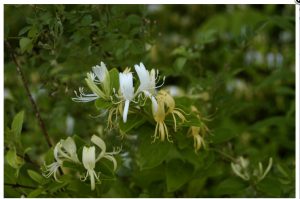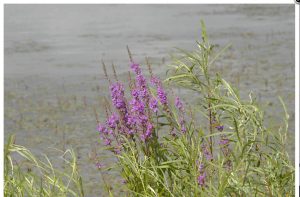If you love the sound of birds singing and enjoy sightings of cardinals, gold finches and robins in your backyard, there are trees and shrubs that will attract them through every season. We suggest trees that will enhance the landscape design and offer shelter and food for native birds. Some of our favorites at Landfare Ltd. include:
Flowering Dogwood
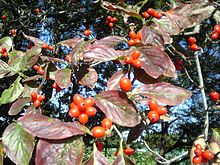 This ornamental tree is popular in Central Ohio because it blooms white, pink or red flowers in the spring – always a welcome sight after a cold winter. In fall, their scarlet berries attract robins, bluebirds, thrushes, cardinals and many other species of bird.
This ornamental tree is popular in Central Ohio because it blooms white, pink or red flowers in the spring – always a welcome sight after a cold winter. In fall, their scarlet berries attract robins, bluebirds, thrushes, cardinals and many other species of bird.
Crabapples
These medium sized trees have beautiful spring blossoms but it is their fall fruits that are winter-persistent that make birds sing! There are several varieties available, with some bearing fruit as small as 1/4″ round, which makes the easy for robins, bluebirds, cardinals, finches and other birds to easily eat.
Northern Bayberry Shrub
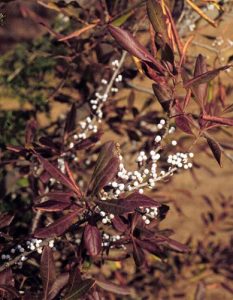 A semi-evergreen shrub, the Northern Bayberry is known for its fragrant, waxy, silver-gray berries that stay on the shrub throughout the year. Tree swallows and bluebirds love the fruit and often will nest in the shrub.
A semi-evergreen shrub, the Northern Bayberry is known for its fragrant, waxy, silver-gray berries that stay on the shrub throughout the year. Tree swallows and bluebirds love the fruit and often will nest in the shrub.
Staghorn Sumac
This shrub is most beautiful in the fall when it shows brilliant red foliage. That’s also when its winter persistent fruit ripens, attracting robins, bluebirds, cardinals, chickadees and starlings.
Unless you have a very large lot where trees can be planted far from your entertaining and service areas, we do suggest avoid planting any Mulberry trees. While they are lovely and birds certainly do enjoy their summer fruit, they among the messier trees, with berries staining whatever they fall on.
Creating a landscape sanctuary for you and native birds is part of the process we work through at Landfare Ltd.
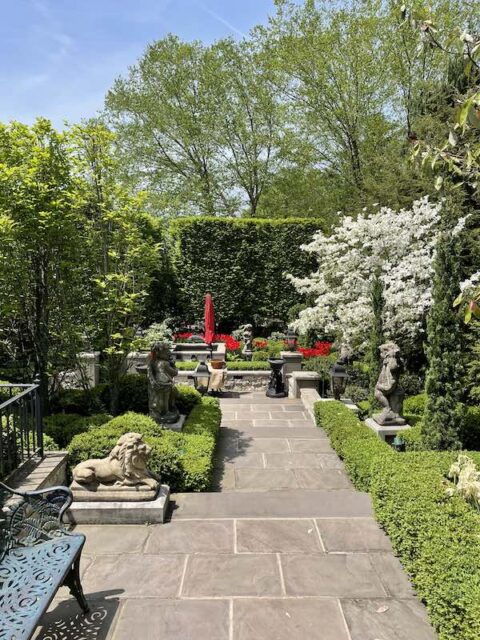

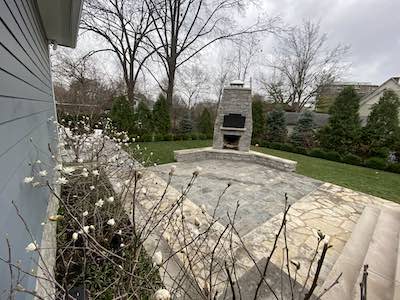
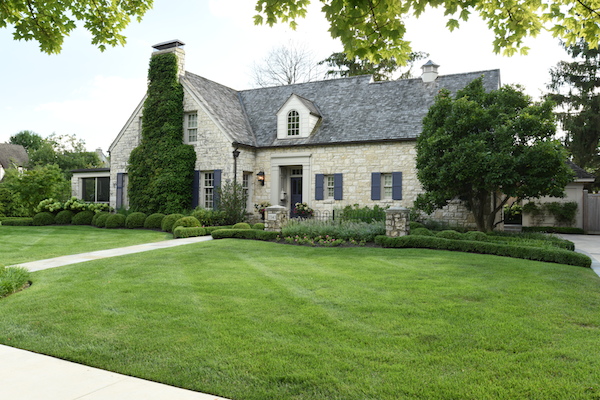
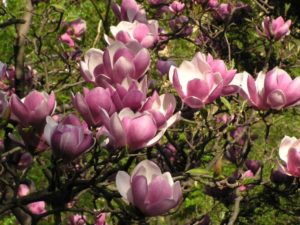
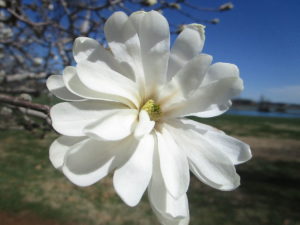
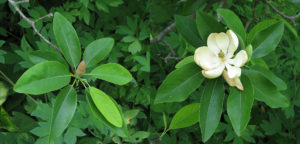 When selecting any tree, it’s critical to consider its location – the growth both in height and width impact overall landscape design.
When selecting any tree, it’s critical to consider its location – the growth both in height and width impact overall landscape design. This ornamental tree is popular in Central Ohio because it blooms white, pink or red flowers in the spring – always a welcome sight after a cold winter. In fall, their scarlet berries attract robins, bluebirds, thrushes, cardinals and many other species of bird.
This ornamental tree is popular in Central Ohio because it blooms white, pink or red flowers in the spring – always a welcome sight after a cold winter. In fall, their scarlet berries attract robins, bluebirds, thrushes, cardinals and many other species of bird. A semi-evergreen shrub, the Northern Bayberry is known for its fragrant, waxy, silver-gray berries that stay on the shrub throughout the year. Tree swallows and bluebirds love the fruit and often will nest in the shrub.
A semi-evergreen shrub, the Northern Bayberry is known for its fragrant, waxy, silver-gray berries that stay on the shrub throughout the year. Tree swallows and bluebirds love the fruit and often will nest in the shrub.